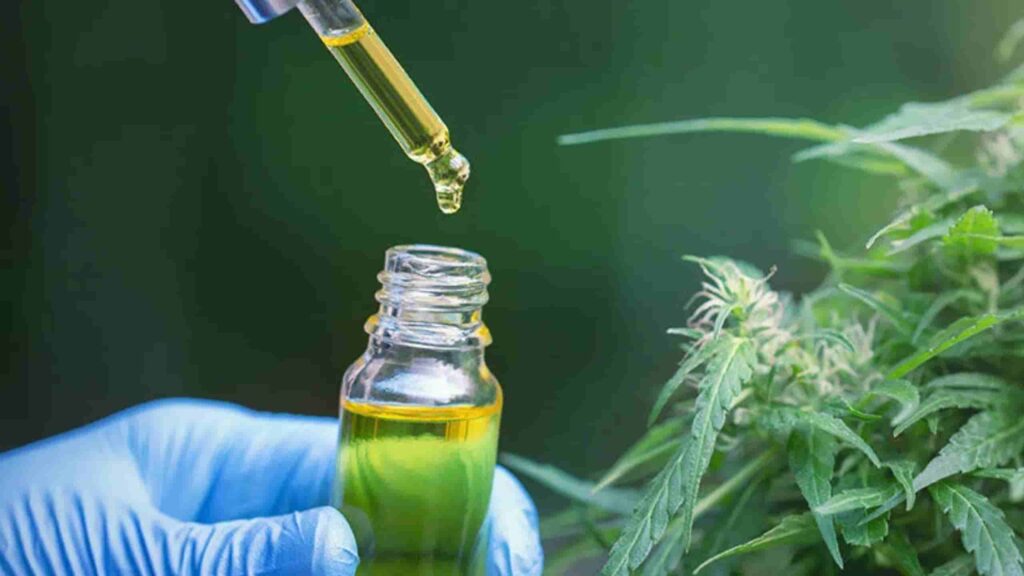Medical Marijuana and CBDV: Understanding Its Impact on Medical Marijuana Therapeutics
In recent years, the landscape of medical treatments has expanded to include a range of alternative therapies, among them medical marijuana and its various constituents. One such compound that has gained attention is CBDV, offering promise in the realm of therapeutic applications alongside its more well-known counterpart, CBD.
Understanding CBDV
What is CBDV?
CBDV, or cannabidivarin, is a non-psychoactive cannabinoid found in certain strains of cannabis. Like CBD, it interacts with the body’s endocannabinoid system, albeit through slightly different mechanisms.
How does CBDV differ from CBD?
While CBDV shares similarities with CBD, they also have distinct properties. CBDV is structurally similar to CBD but lacks a crucial component, leading to variations in its effects and potential therapeutic applications.
Potential therapeutic benefits of CBDV
Research suggests that CBDV may offer therapeutic benefits for various conditions, including epilepsy, autism spectrum disorders, and gastrointestinal disorders. Its potential anti-convulsant and anti-nausea properties make it a subject of interest for researchers exploring new treatment avenues.
Medical Marijuana: A Primer
Definition and legality
Medical marijuana refers to the use of cannabis and its cannabinoids for medicinal purposes. The legality of medical marijuana varies by jurisdiction, with some regions legalizing its use for specific medical conditions. Fortunately, Virginia has legalized medical marijuana and now has a robust medical cannabis program.
Components of medical marijuana
Medical marijuana contains numerous cannabinoids, including THC, CBD, and CBDV, each with its own set of effects and potential benefits. These compounds work together synergistically in what’s known as the entourage effect, enhancing the plant’s therapeutic effects.
Ways to consume medical marijuana
Medical marijuana can be consumed in various forms, including smoking, vaporization, edibles, tinctures, and topicals. Each method offers different onset times and durations of effects, allowing patients to choose the most suitable option for their needs.
The Interaction Between Medical Marijuana and CBDV
Synergistic effects
When CBDV is combined with other cannabinoids found in medical marijuana, such as CBD and THC, it may produce synergistic effects, enhancing the overall therapeutic potential of the plant. This synergy could lead to more effective treatments for a wide range of medical conditions.
Potential applications in treatment
Preliminary research suggests that the combination of CBDV and other cannabinoids in medical marijuana may be particularly beneficial for certain conditions, such as epilepsy and neuropathic pain. By modulating the endocannabinoid system, CBDV and other cannabinoids could offer novel approaches to managing these conditions.
Research and Evidence
Clinical studies on CBDV
While research on CBDV is still in its early stages, several preclinical and clinical studies have shown promising results. These studies have explored CBDV’s potential in treating epilepsy, autism spectrum disorders, and other neurological conditions, paving the way for further research in this area.
Patient testimonials and anecdotal evidence
In addition to clinical research, many patients have reported positive experiences with CBDV, sharing anecdotal evidence of its effectiveness in managing their symptoms. While anecdotal evidence should be interpreted with caution, it can provide valuable insights into the real-world effects of CBDV.
Risks and Side Effects
Common side effects of CBDV
Like any medication, CBDV may cause side effects in some individuals, though they are generally mild and well-tolerated. These side effects may include dizziness, dry mouth, and gastrointestinal discomfort, but they typically subside over time or with dosage adjustments.
Interaction with other medications
It’s important for patients to be aware of potential interactions between CBDV and other medications they may be taking. CBDV can interact with certain drugs, particularly those metabolized by the liver, so patients should consult with their healthcare provider before starting treatment.
Conclusion
CBDV holds promise as a therapeutic agent with potential applications in various medical conditions. When combined with other cannabinoids found in medical marijuana, it may offer synergistic effects that enhance its therapeutic potential. While more research is needed to understand the benefits and risks of CBDV fully, its emergence highlights the growing interest in alternative therapies for managing health conditions. As attitudes and regulations surrounding medical marijuana continue to evolve, CBDV could play an increasingly important role in the future of healthcare.

Dr. Nicholas Marsh has been a respected board-certified anesthesiologist in Northern Virginia for over 35 years. Recognized as a top doctor by FindaTopDoc.com, his vision for providing top-quality medical services is driven by his passion for patient comfort and dignity.

